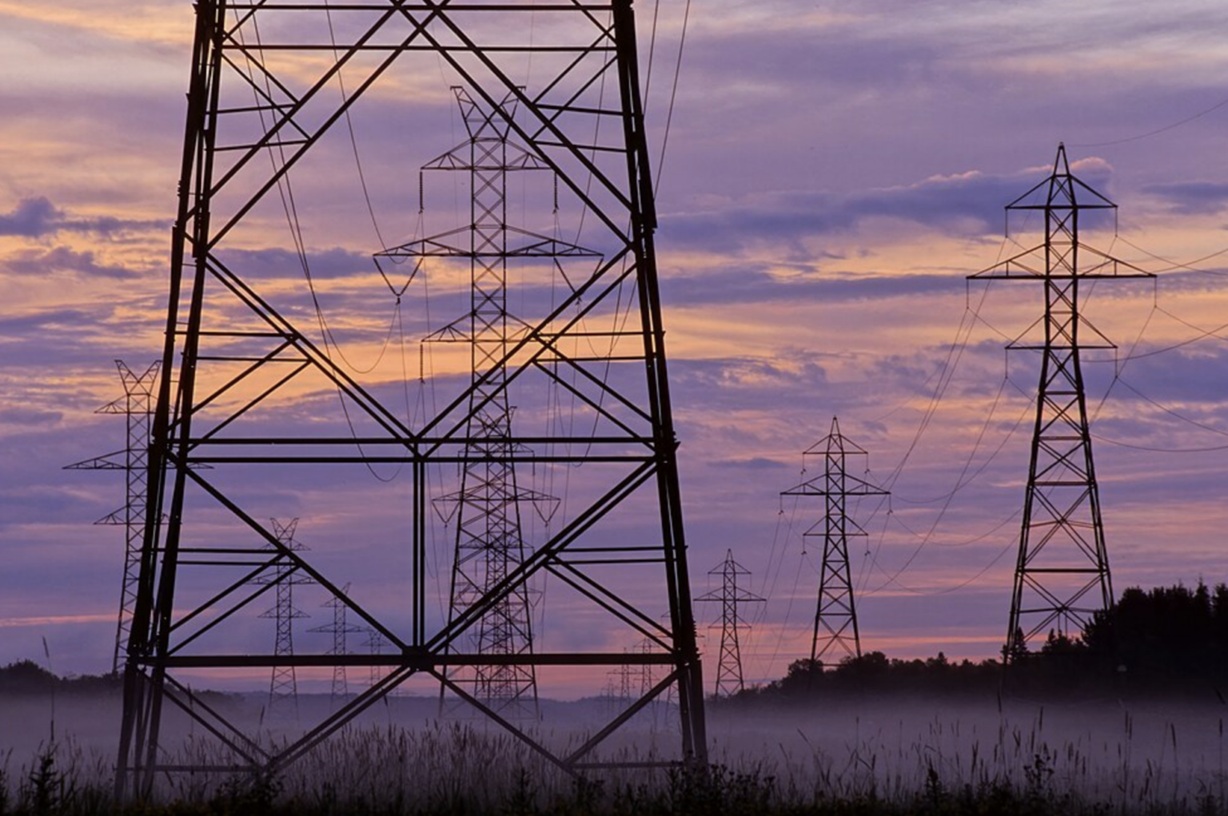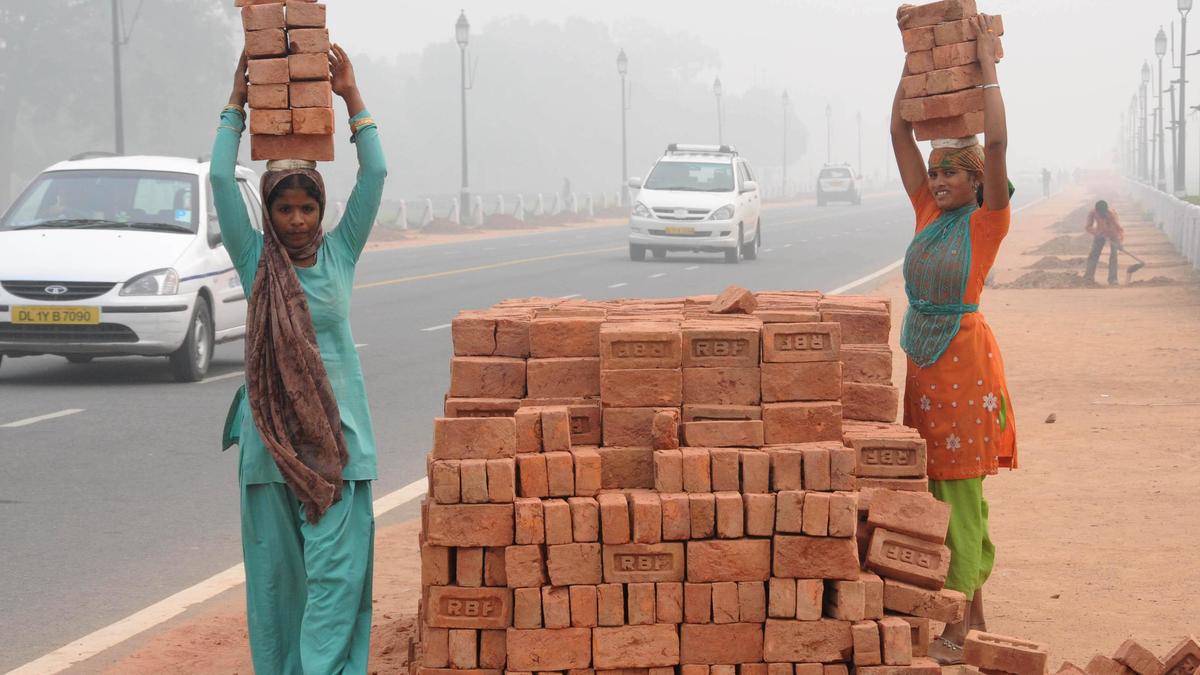Granada Hills/Porter Ranch Water Incident Update #4 | August 6, 2025 – PM Update – LADWP News

Water Infrastructure Failure in Porter Ranch and Granada Hills: A Report on Community Impact and Response
This report details a significant water service disruption affecting portions of Porter Ranch and Granada Hills following an infrastructure failure on August 5th. The incident and subsequent response are analyzed through the lens of the United Nations Sustainable Development Goals (SDGs), particularly those concerning public health, infrastructure, and community resilience.
Incident Summary and Infrastructure Challenges
SDG 9: Industry, Innovation, and Infrastructure & SDG 11: Sustainable Cities and Communities
A critical failure in the local water infrastructure has resulted in a service outage and a public health advisory. The event underscores the importance of resilient infrastructure (SDG 9) for maintaining sustainable and safe communities (SDG 11).
- Cause of Failure: On August 5th, during scheduled repairs at a pump station, a primary valve controlling water flow from a 10-million-gallon tank failed to reopen.
- Affected Infrastructure: The failure cut off water supply to a 54-inch diameter trunkline, a principal conduit for the region.
- Affected Area: A Boil Water Notice is in effect for the area generally bounded by Rinaldi Avenue (south), Balboa Boulevard (east), De Soto Avenue (west), and the northern foothills. An interactive map has been provided for residents to verify their status.
Impact on Public Health and Access to Clean Water
SDG 6: Clean Water and Sanitation & SDG 3: Good Health and Well-being
The immediate consequence of the valve failure is a direct challenge to ensuring universal access to safe and affordable drinking water (SDG 6) and safeguarding community health (SDG 3). In response, the Los Angeles Department of Water and Power (LADWP) has issued a Boil Water Notice as a critical public health measure.
Mandatory Health Precautions
To prevent waterborne illness and protect public health, all customers in the affected zone, including those with low water pressure, are instructed to take the following precautions until the notice is lifted:
- Boil all water for one minute and let it cool before using.
- Use boiled or bottled water for drinking, brushing teeth, washing produce, preparing food, and making ice.
Operational Response and Infrastructure Restoration
SDG 9: Industry, Innovation, and Infrastructure
LADWP’s round-the-clock repair efforts highlight the complexities of maintaining and upgrading aging urban infrastructure. The response involves both permanent repairs and innovative temporary solutions to restore service.
Repair and Mitigation Strategy
- Permanent Repair: Crews are working to excavate and remove the broken valve. The operation is complicated by the valve’s location over 20 feet underground, adjacent to other critical utilities, including oil pipelines, a fiber optic line, and a gas line.
- Temporary Solution: To expedite service restoration, LADWP is implementing a parallel strategy to pump water from a nearby Metropolitan Water District of Southern California supply directly into the affected 54-inch trunkline.
Community Support and Collaborative Partnerships
SDG 17: Partnerships for the Goals & SDG 10: Reduced Inequalities
A multi-agency effort is underway to mitigate the impact on residents, demonstrating a commitment to collaborative action (SDG 17) and ensuring support for vulnerable populations (SDG 10). LADWP has established community resource centers to provide essential services.
Distribution of Essential Resources
As of the latest update, LADWP has distributed 270,000 bottles of water. Support centers are providing a range of services to ensure residents’ basic needs for water and sanitation (SDG 6) are met.
- Holleigh Bernson Memorial Park: 20500 Sesnon Blvd, Porter Ranch, CA 91326
- O’Melveny Park: 17300 Sesnon Blvd., Granada Hills, CA 91344
- Intersection of Tampa Ave. and Sesnon Blvd.
Services Provided:
- Bottled drinking water
- Portable showers and handwashing stations
- Mobile laundry units
- Portable toilets
- Targeted support for seniors and persons with disabilities in partnership with the Department of Aging, Department on Disability, and the Red Cross.
Analysis of Sustainable Development Goals (SDGs) in the Article
1. Which SDGs are addressed or connected to the issues highlighted in the article?
-
SDG 6: Clean Water and Sanitation
This is the most relevant SDG as the article’s central theme is a disruption in the public water supply. The text details a water service outage and a “Boil Water Notice,” directly relating to the availability and safety of drinking water, which is the core of SDG 6.
-
SDG 3: Good Health and Well-being
The article connects to SDG 3 by emphasizing the public health implications of the water issue. The issuance of a “Boil Water Notice” is a preventative health measure to protect residents from potential waterborne illnesses that could arise from contamination in the compromised water system.
-
SDG 11: Sustainable Cities and Communities
The incident is a failure of critical urban infrastructure (a large water supply valve). The article discusses the impact on communities (Porter Ranch and Granada Hills), the provision of basic services, and the resilience of the water system. The response, including support for vulnerable residents, also aligns with making cities inclusive and resilient.
2. What specific targets under those SDGs can be identified based on the article’s content?
-
Target 6.1: Achieve universal and equitable access to safe and affordable drinking water for all.
The article directly addresses a failure to meet this target for the residents of Porter Ranch and Granada Hills. The water outage represents a complete lack of access, while the “Boil Water Notice” indicates that the available water is not “safe” for consumption without treatment.
-
Target 11.1: Ensure access for all to adequate, safe and affordable housing and basic services.
Water is a fundamental “basic service.” The article describes how a significant infrastructure failure has cut off this service for a specific urban population, highlighting the challenge of ensuring continuous and reliable access.
-
Target 3.d: Strengthen the capacity… for early warning, risk reduction and management of national and global health risks.
The communication from LADWP, including the “Boil Water Notice” and updates via their website, serves as an “early warning” and “risk management” strategy. It aims to mitigate the public health risk associated with the potentially contaminated water supply.
-
Target 11.5: Significantly reduce the number of… people affected… caused by disasters, including water-related disasters, with a focus on protecting the poor and people in vulnerable situations.
This infrastructure failure acts as a localized, water-related disaster. The article mentions the number of people affected and details specific efforts to protect vulnerable populations by working with the Department of Aging, Department on Disability, and the Red Cross.
3. Are there any indicators mentioned or implied in the article that can be used to measure progress towards the identified targets?
- Number of affected customers/households: The article defines the affected area by specific boundaries and provides an interactive map for residents to check their status. This directly measures the population whose access to safe water (Target 6.1) and basic services (Target 11.1) has been compromised.
- Duration of the water service outage: The article notes that repairs “could take through this weekend,” indicating that the length of the disruption is a key metric for measuring the severity of the service failure and the efficiency of the response.
- Volume of emergency supplies distributed: The article explicitly states that “11,200 cases of water… which total 270,000 bottles of water” have been distributed. This is a quantifiable indicator of the scale of the emergency response and the effort to mitigate the impact on the affected population (Target 11.5).
- Provision of sanitation facilities: The mention of providing “portable showers, handwashing stations, mobile laundry units, and portable toilets” is an indicator of the response to the sanitation and hygiene needs of the community, relevant to both SDG 6 and SDG 3.
4. Table of SDGs, Targets, and Indicators
| SDGs | Targets | Indicators |
|---|---|---|
| SDG 6: Clean Water and Sanitation | 6.1: By 2030, achieve universal and equitable access to safe and affordable drinking water for all. |
|
| SDG 3: Good Health and Well-being | 3.d: Strengthen the capacity… for early warning, risk reduction and management of national and global health risks. |
|
| SDG 11: Sustainable Cities and Communities |
11.1: By 2030, ensure access for all to adequate, safe and affordable… basic services.
11.5: By 2030, significantly reduce the number of… people affected… caused by disasters, including water-related disasters, with a focus on protecting… people in vulnerable situations. |
|
Source: ladwpnews.com

What is Your Reaction?
 Like
0
Like
0
 Dislike
0
Dislike
0
 Love
0
Love
0
 Funny
0
Funny
0
 Angry
0
Angry
0
 Sad
0
Sad
0
 Wow
0
Wow
0

























_1.png?#)





















































